US Cellular rejected iPhone over upfront expense
According to a report by FierceWireless US Cellular chief executive Marry Dillon explained during the company's quarterly earnings call that its decision not to carry the iPhone was not related to any concerns that its network couldn't stand up to the data demand of the smartphone, and added that the company remains open to carrying the iPhone in the future.
This year, Apple has added two major US carriers, Verizon Wireless (102 million subscribers) in February and Sprint (51 million subscribers) last month with the release of iPhone 4S, which join AT&T's 97 million subscribers. It also added its first smaller, regional carrier in the US, C Spire (700,000 subscribers), which will begin carrying iPhone 4 and 4S next Friday.
Other significant carriers who don't carry the iPhone in the US include T-Mobile (34 million subscribers) and fourth place MetroPCS (9 million subscribers). Next largest US Cellular and Cricket Wireless both have around 6 million subscribers.
Tough terms for iPhone
Apple has leveraged the unique features of its iPhone, and the resulting demand from consumers for the product, to push carriers to support exclusive features (such as Visual Voicemail) and higher subsidies, an expense that makes iPhones more affordable to users and therefore more attractive.
Apple has also required its carrier partners to stop loading phones with junkware apps and prevents them from adding layers of software that would delay the release of iOS updates, two issues that have plagued the users of alternative mobile platforms.
The company also maintains exclusive control over app, music and video sales on the iPhone via iTunes, cutting into the revenues carriers formerly sought to own through monthly charges for rented games, ringtones, video clips and other added service fees.
Coming around to iPhone
Apple partnered with the fledgling AT&T in 2007 to release iPhone in the US, helping to launch the new brand of what was formerly Cingular. The new phone dramatically increased AT&T's subscriber numbers and reduced churn at a time when the company's GSM/EDGE network was several steps behind Verizon Wireless in terms of modern 3G coverage.
Verizon publicly announced that it had initially rejected Apple as a launch partner, citing its iPhone terms as unacceptable. In late 2009, Verizon bet heavily on Android models as its RIM BlackBerry smartphones began to lose their luster at the failed launch of RIM's iPhone-like Storm at the end of 2008.
Verizon mocked the iPhone in 2009 with an iDon't ad campaign and continued to assail iPhone 4 through the middle of 2010 in ads that promoted Motorola Droid X.
However, Android as a platform couldn't match the iPhone in attracting valuable customers to Verizon's network. As a result, Verizon embraced the iPad at the end of 2010 and added a CDMA version of iPhone 4 at the beginning of 2011. As a result, the company announced its largest launch ever.
Third and fourth place US carriers Sprint and T-Mobile have similarly noted to investors that their inability to carry the iPhone were their top reasons for losing customers to rival carriers. After Sprint joined Apple as a carrier, it too announced its most successful smartphone launch ever.
T-Mobile is unable to carry iPhone 4S because it uses non-standard AWS-band UMTS service, due to limited bandwidth in the US to split among every carrier. The carrier has since announced a series of Android models it hopes will help it to reach new subscribers over the holiday season, the first ever for Apple on multiple US carriers.
 Daniel Eran Dilger
Daniel Eran Dilger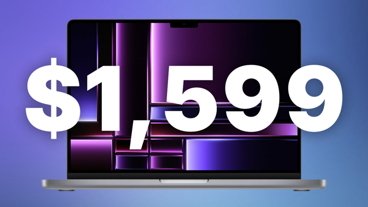


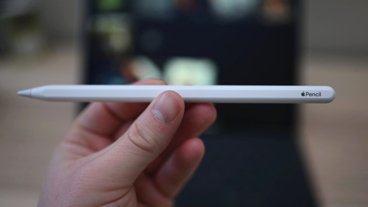


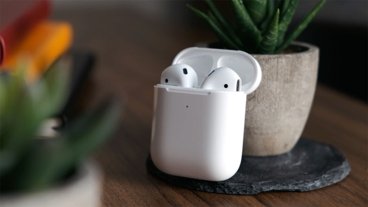






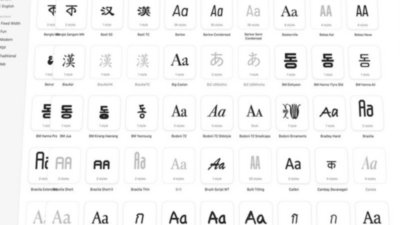
 David Schloss
David Schloss
 Andrew Orr
Andrew Orr
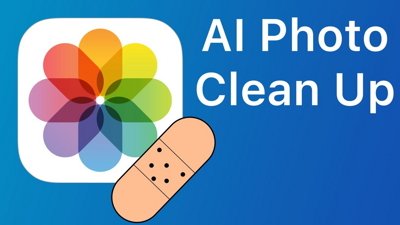
 Marko Zivkovic
Marko Zivkovic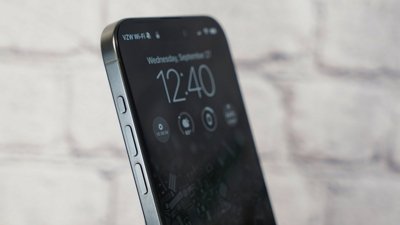
 Wesley Hilliard
Wesley Hilliard
 Andrew O'Hara
Andrew O'Hara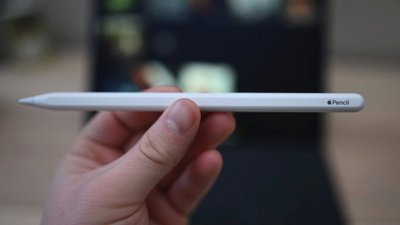
 William Gallagher
William Gallagher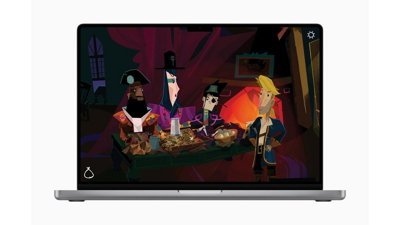
 Amber Neely
Amber Neely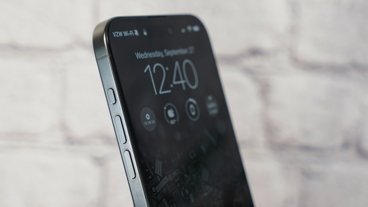







46 Comments
If C-Spire sees significant growth because of the iPhone, I think US Cellular will make a deal..
If C-Spire sees significant growth because of the iPhone, I think US Cellular will make a deal..
Getting a carrier more recognition and potential longterm retention of customers does sounds like what Apple is banking on if they are pushing them to make deals that won't be profitable, though I suppose its possible Apple's bean counters over extended what they thought US Cellular and Telefónica Czech Republic would be willing to pay for the iPhone.
Perhaps this is why they are the sixth largest carrier in the US? And since at&t and Verizon have 58% of the market who gives a shit?
Now that iPhone is on a bunch of carriers, let's hope that it encourages price competition among them. Maybe even add some competitive services like Apple initially did with visual voicemail with AT&T.
Have you looked at the phones that they DO offer? A phone has to be at least 2 years obsolescent before it makes it on the US Cellular list.
US Cellular used to rip people off mercilessly with roaming charges. I understand that policy finally changed. It drove me to Verizon, and I have not looked back since.